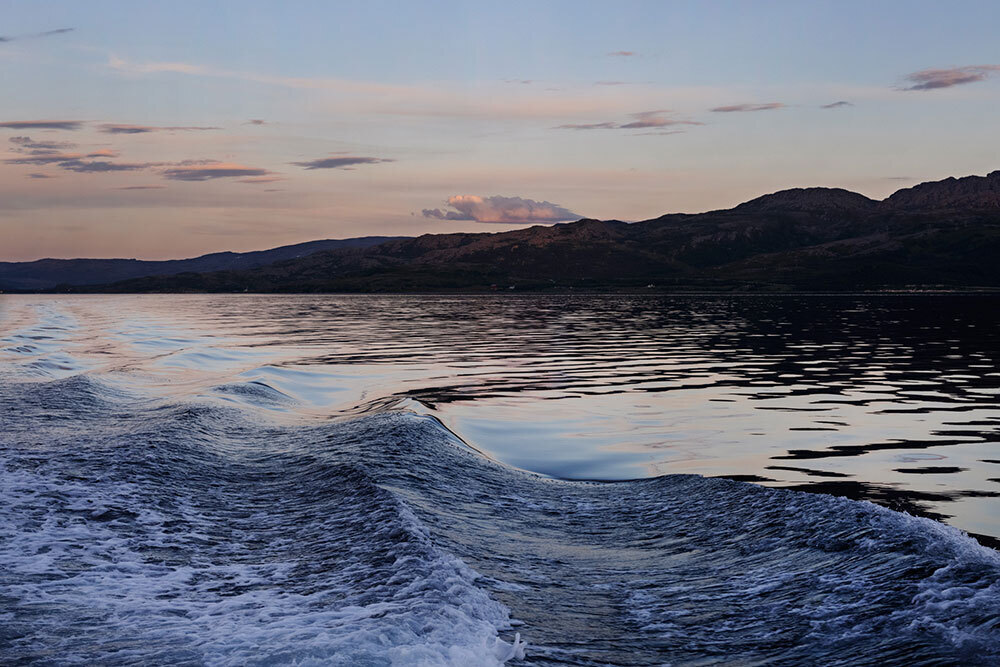
|
|
PHOTOGRAPHS BY ANDREA GJESTVANG
|
|
By Robert Kunzig, Executive Editor, Environment
The world needs copper. Humans were shaping it into spearpoints as long as 9,500 years ago. But demand really started soaring at the turn of the last century, after we discovered how well copper conducts electricity. Now we need it more than ever: It’s essential to transitioning off fossil fuels and toward renewable sources of electricity. “The shift to a clean energy system is set to drive a huge increase in the requirements” for copper, the International Energy Agency reported last year.
So where should we get the stuff?
Not from Bristol Bay, Alaska, where the long-delayed Pebble Mine is awaiting another decision this year from the U.S. Environmental Protection Agency. The mine and the transportation corridor required to get its copper out to the world would threaten the rich salmon fishery in Bristol Bay and impinge on “one of the United States’ richest and most unique remaining stretches of wilderness,” my colleague Douglas Main wrote a couple of years ago.
Not from Oak Flat, Arizona, where, as Main wrote last year, plans to mine “one of the largest untapped reserves in North America” would create a massive crater on a site sacred to the Apache people.
And not from the proposed Nussir Mine on the northern coast of Norway, according to the environmentalists and Indigenous Sámi fishers and reindeer herders whom Brett Simpson and photographer Andrea Gjestvang met for this week’s story on the controversy. The mine would pump two million tons a year of tailings into the Repparfjord (pictured above). The company says it will use a chemical flocculant to bind the powdery tailings and confine them to a small area on the bottom of the fjord. Independent scientists are unconvinced, to say nothing of the activists (shown below at a protest camp), some of whom were chaining themselves to Nussir’s excavators last summer.
|
|
|
|